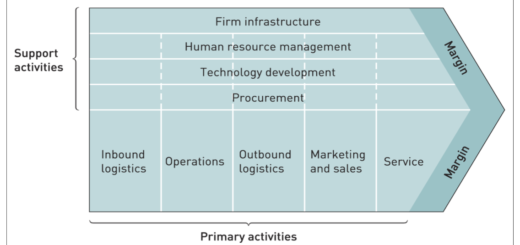Performance Management
performance of individuals, teams, and organizations to achieve strategic goals and objectives. It involves setting performance expectations, identifying performance gaps, and providing feedback, coaching, and training to improve performance. Scholars have defined performance management in various ways, including:
- According to Armstrong and Baron (2004), performance management is “a process for establishing shared understanding about what is to be achieved and how it is to be achieved, and an approach to managing people that increases the probability of achieving success.”
- According to Aguinis (2013), performance management is “the ongoing process of identifying, measuring, and developing the performance of individuals and teams and aligning performance with the strategic goals of the organization.”
- According to Gomez-Mejia, Balkin, and Cardy (2016), performance management is “a continuous process of setting expectations, measuring performance, and providing feedback to employees with the purpose of improving their performance and aligning it with the goals of the organization.”
- ‘Performance management is the activity and set of processes that aim to maintain and improve employee performance in line with an organisation’s objectives. It’s strategic as well as operational, as its aim is to ensure that employees contribute positively to business objectives. Ideally, performance should be managed holistically, throughout the range of HR activities and processes.’ (CIPD, 2017)
It is an ongoing process that requires the active participation of both managers and employees and is aligned with the overall strategy of the organization.


